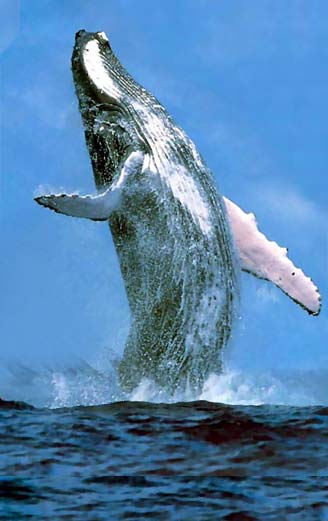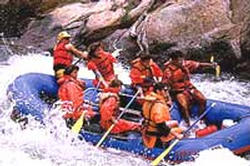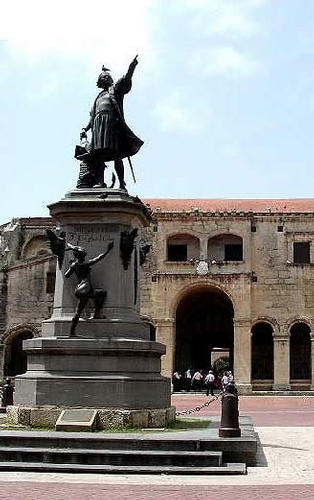Tours and Transfers
We invite you to explore our island , we KNOW you will be coming back for a second trip to the Dominican Republic!
Make sure you visit this site often because we are updating tours and excursions! click on the photo to book this tour , or simply email Tours and Transfers Rep Mr. Mario Lanz directly. Dominicantours@intelligencia.com We offer customized tours for groups, couples or individual traveler.
Saona Island
This is the chance of a lifetime. Drive to the charming fishing village of Bayahibe, where we will board speedboats to the Saona Island. Spend the morning taking in the natural beauty is of this national park with its pristine white beaches and the marvelous clear Caribbean waters. Volleyball, merengue dancing, an open bar, will be followed by a fine barbecue/buffet lunch. After lunch we’ll head back to the mainland, with a stop for a swim in a natural swimming pool. Our speedboats will bring you back to Bayahibe, where we’ll disembark and board our bus for Altos de Chavon, a perfect recreation of a 15th century Mediterranean village. Enjoy a relaxing to visit the impressive amphitheater, small church, art galleries, boutiques and a great view of Rio de Chavon.
Humback Whales
RAFTING -CANYONING-WATERFALLS
SANTO DOMINGO CITY TOUR
No other city in the Caribbean has a greater variety of restaurants and night life. There are so many restaurants in this city that it is practically impossible even for those who live here to have visited them all. And it's a city that never sleeps. A great place to meet people. A lot of young single executives who come here to work end up leaving (if they leave) married to a Dominican.
Santo Domingo has great shopping. Major chains from all around the world have opened branches here and more will be opening soon. Discount stores offer great prices on designer brands, the leading shops offer clearance sales several times a year and there are many designer shops for more exclusive wear.
Santo Domingo is the most bustling and diverse city in the Caribbean. It has a population of over three million inhabitants within the city and the Province of Santo Domingo and sprawls out over 250 square kilometers
COLONIAL CITY TOUR
Colonial City
The Colonial City is the perfect starting point for visitors to discover Santo Domingo. Here, between Independence Park and the Ozama River, you will find the first city built in the New World by European settlers, including Columbus's brother, Bartholomeo, and his son, Diego Columbus.
The first street in the Americas is Calle de Las Damas, the site of numerous historic buildings including the Ozama Fortress, the oldest fortress in the Americas. There is also the house of Nicolás de Ovando, governor of Santo Domingo in the early 1500's and a ruthless warrior against the Taino Indians.
Of great historical interest is the Museo de las Casas Reales (Museum of the Royal Houses), the restored 16th century palace of the Spanish Court, which features a wonderful glimpse of the past. Nearby is the Alcázar de Colón (Castle of Columbus) built by Diego Columbus and his wife Maria de Toledo, niece of the Spanish King Ferdinand.
A few streets over in the center of the walled city, visitors will find the Cathedral Basilica Santa Maria la Menor, pronounced the first cathedral in the New World by Pope Paul III in 1542. While touring the colonial city, visitors can learn all about amber, the stone made even more famous by Steven Spielberg's Jurassic Park film. The Amber Museum on Calle Arz. Meriño features




